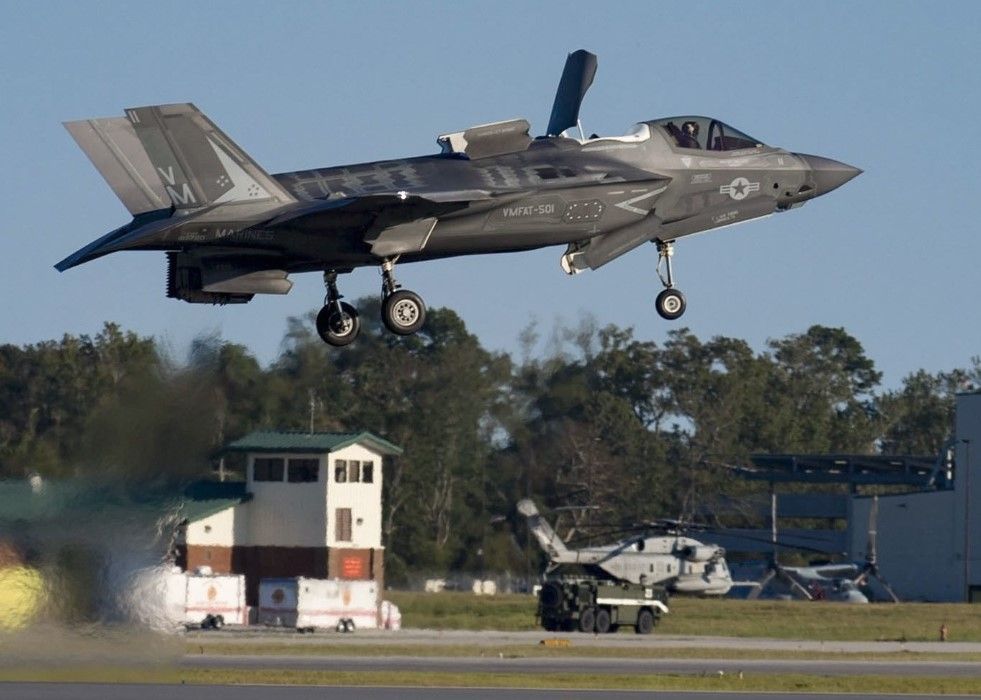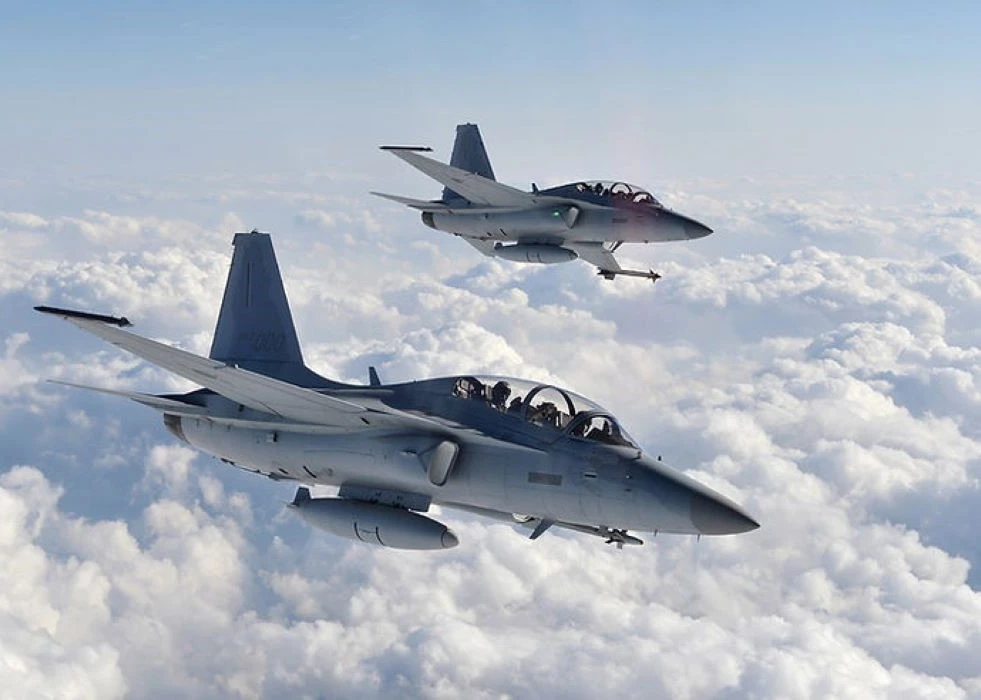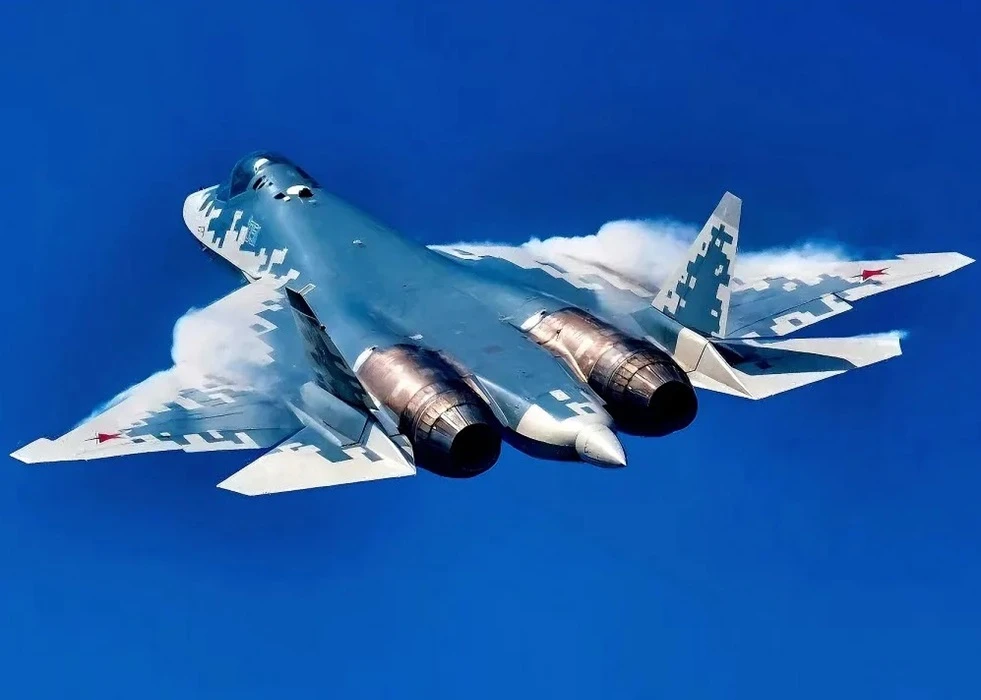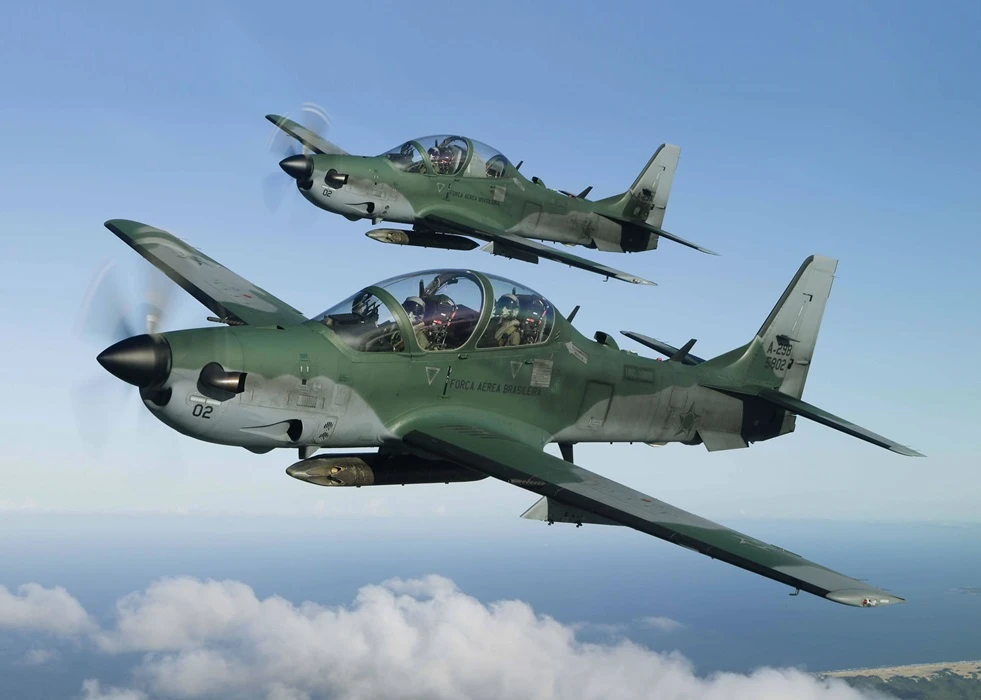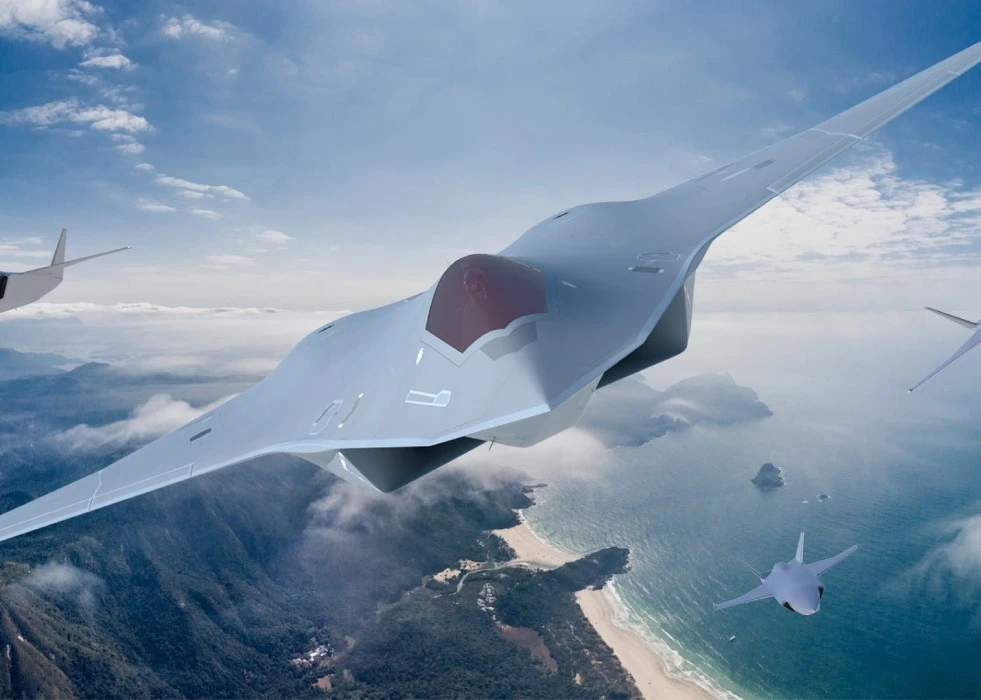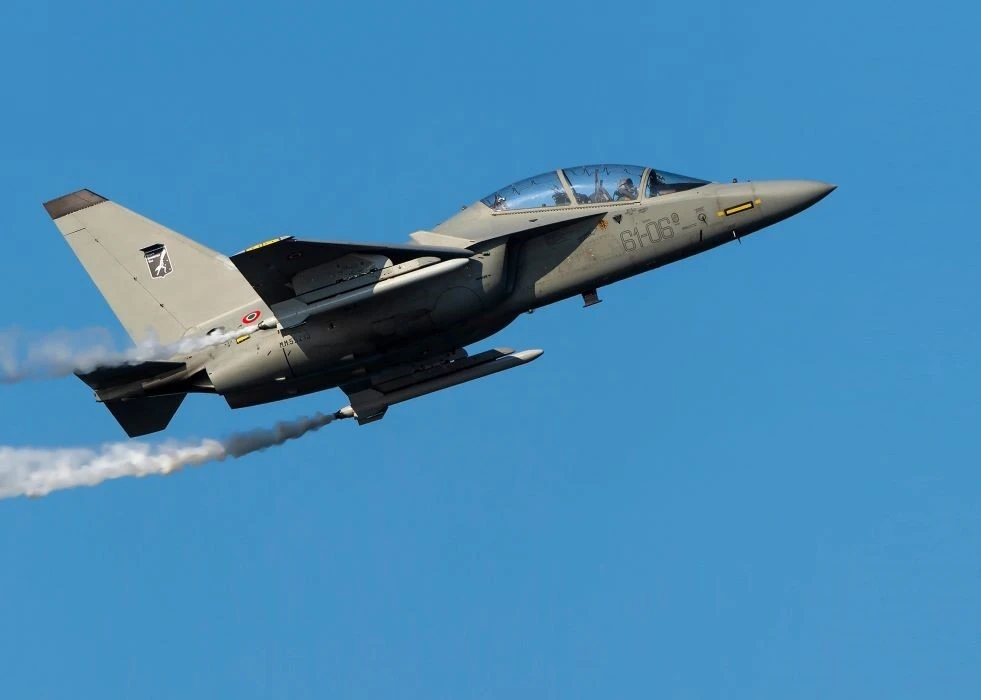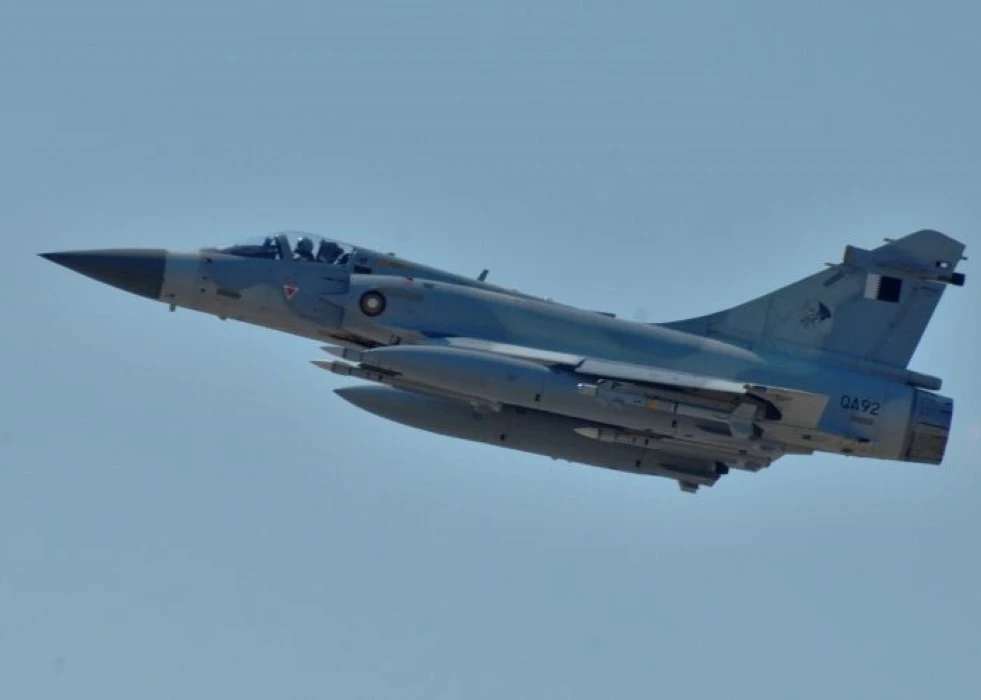U.S. Marines Corps’ F-35B stealth jet that went missing after its pilot ejected on Sunday. The debris was found 80 miles away from where the pilot ejected. This means the aircraft flew for an extra 80 miles. F-35 is not designed according to aerodynamic rules. It is a fly-by-wire aircraft that requires computer control. Normally, the aircraft without a pilot is expected to fly few more seconds. The duration shows that the aircraft was on autopilot flight.
The pilot ejected around 1.30 p.m., and the aircraft crashed around 2:00 p.m. Which also indicates that it flew for 30 minutes extra time. This suggests that the aircraft was not about to crash, so it there was a time to at least to try to save the aircraft.
The aircraft was flying at a low altitude and was near the airport. Why the pilot did not make an emergency call and divert the fighter to the nearest airport? The aircraft has STOVL capacity. It could even land on the ground on its own. The damage would be less.
Even though it is not confirmed, the rumours suggest that the pilot had jumped from the aircraft due to bad weather. Two aircraft flew together as it is an all-weather stealth multirole combat aircraft. Bad weather is valid for both aircraft. Did the pilot eject the seat due to bad weather or due to a malfunction in the aircraft, which would be affected by weather conditions? This would explain why other aircraft were not affected by weather conditions.

It can be assumed that the Onboard Inert Gas Generation System (OBIGGS) may have failed. This system pumps nitrogen-enriched air into aircraft fuel tanks to make fuel inert. This procedure prevents the aircraft from exploding if it is struck by lightning. The nitrogen is removed from fuel just before it is pumped into the engine.
The system had failed in the past. It is known that military aircraft are stuck several times by lightning. This explains why the OBIGGS failure is critical under a lightning strike.
It should be also questioned where the aircraft flew. It cannot fly at 160 miles per hour and reach 80 miles in half an hour because it is not possible to fly at this speed. The aircraft's typical cruise speed is 520 kt. Its descending speed for landing is 300 kt, and the final approach speed is 250 kt, while the touch-down speed is 150 kt. It can not fly at 160 kt as it would stall. The aircraft must have flown at a higher speed, like a “loitering aircraft”, before the crash.
It is stated that the aircraft flew in "auto-pilot" mode. This information indicates that the pilot has not tried to manage the flight. Instead, the pilot should have pulled the strings to eject the seat at once.
Setting auto-pilot is for long-range flights. This is not something preferred when the aircraft flies at low altitudes. Why did the pilot set for auto-pilot?
It is stated that the weather was bad. The pilot would like to be in charge at such times. Setting auto-pilot in challenging weather asks another question to the list.
The aircraft disappeared in the sky as the Luneburg lens, which makes the aircraft easily trackable, was switched off. The transponders were also switched off. The aircraft might be on a training flight; if not, another question should be asked. Why the lens and transponders were off? These systems prevent collision in the air, and the flight took place in the U.S., where the flight was not a risky zone.
A witness claimed that the aircraft was flying inverted before the crash. The claim is not confirmed yet, but it can be proved from debris if it crashed during its upside-down flight. The next question is why an aircraft rotates on its axe and flies upside down.


